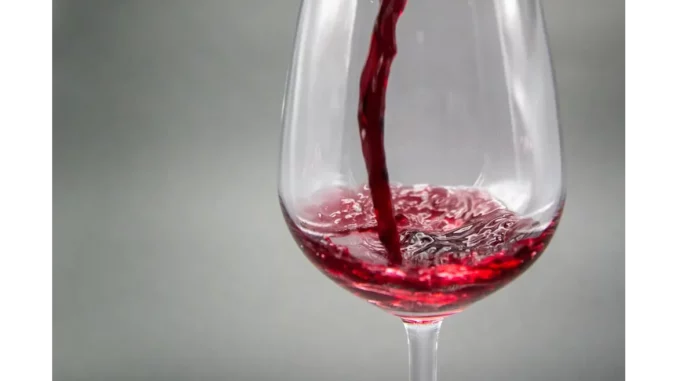
The Art and Science of Wine Tasting Notes: Elevating Your Experience
Embarking on a wine tasting journey is akin to exploring a rich tapestry of flavours, aromas, and textures. The diversity and complexity of wines can be both enchanting and overwhelming, making it challenging to recall every nuance of your experience. Herein lies the significance of meticulous note-taking, a practice that not only enriches your understanding but also serves as a personal chronicle of your tasting adventures. In this exploration, we delve into the art and science of crafting insightful wine tasting notes, with expert tips to capture the essence of each wine.
1. Observing Visual Cues: The Prelude to Tasting
Before the wine touches your lips, it holds a visual story waiting to be told. Observing the wine’s appearance can reveal clues about its age, grape variety, and underlying flavours. Hold the glass against a light background to fully appreciate its hue and clarity. A red wine may exhibit shades from deep purple to brick red, while a white wine might range from pale straw to golden amber. Clarity is equally telling; a clear wine often signifies meticulous filtration, whereas a cloudy appearance might suggest minimal intervention, hinting at the winemaker’s philosophy.
2. The Elegance of Swirling and Smelling: Unlocking Aromatic Layers
Swirling the wine in your glass is not merely an elegant gesture; it is a crucial step in releasing the wine’s aromatic profile and assessing its viscosity through its legs or tears. Once aerated, take a deep breath and immerse yourself in the aromatic bouquet.
-
Primary Aromas: These stem from the grape variety and often include fruity, floral, or herbal notes. Recognising these can offer insights into the wine’s origin and grape composition.
-
Secondary Aromas: Evolving during fermentation and aging, these may encompass yeast, butter, or spice, reflecting the winemaker’s craft.
-
Tertiary Aromas: Developed as the wine matures in the bottle, these complex notes—such as leather, tobacco, or dried fruit—add depth and sophistication.
3. Savouring the Wine: A Symphony of Senses
The act of tasting wine is a multi-sensory experience, where flavours and structure intertwine. When tasting, allow the wine to linger on your palate and focus on these fundamental components:
-
Acidity: Imparting freshness, acidity can create a tingling sensation, often described as crisp or zesty.
-
Tannin: Predominantly in red wines, tannins produce a drying sensation, contributing to the wine’s structure and hinting at its aging potential.
-
Sweetness: Determine whether the wine is dry, off-dry, or sweet, based on the residual sugar post-fermentation.
-
Body: The wine’s weight and texture in your mouth define its body—full-bodied wines feel rich, while light-bodied wines are more delicate.
-
Alcohol: High alcohol content can impart warmth or heat, influencing the wine’s viscosity.
4. Reflecting on the Experience: Crafting Your Conclusion
Upon tasting, take a moment to reflect on the overall experience. Consider how the flavours evolved from the initial sip to the finish. Was the wine harmonious, with balanced components? Did it reveal layers of complexity with each sip? Ponder whether the wine aligned with your personal tastes, enriching your tasting journey.
5. Personalising Your Notes: Cultivating a Unique Wine Vocabulary
As you document your impressions, infuse your notes with language that resonates with you. While common descriptors like “fruity,” “earthy,” or “spicy” are widely used, do not shy away from creativity. Your notes should reflect your personal experience, making them a meaningful and memorable resource.
6. Building Knowledge Through Comparison and Contrast
Over time, your collection of wine tasting notes will evolve into a valuable compendium. Use them to draw comparisons and contrasts across different wines, unveiling patterns in your preferences and gaining a deeper understanding of diverse wine styles and regions. This practice will not only refine your palate but also enhance your ability to articulate your preferences and make informed selections.
In the realm of wine tasting, note-taking transcends mere documentation; it becomes a harmonious blend of art and science. By keenly observing the wine, engaging your senses, and thoughtfully reflecting on your experience, you weave a rich tapestry of memories to guide you on your oenological journey. As you embrace each sip in the tasting room, let your notes tell the story of the wine in your glass, capturing its essence with elegance and precision.


Be the first to comment